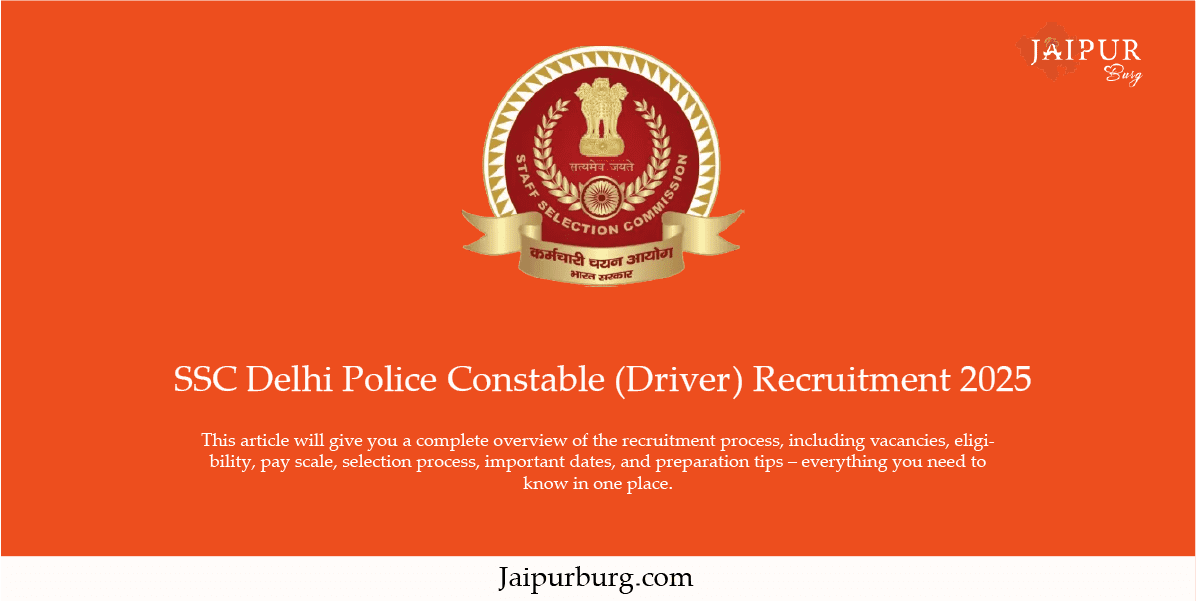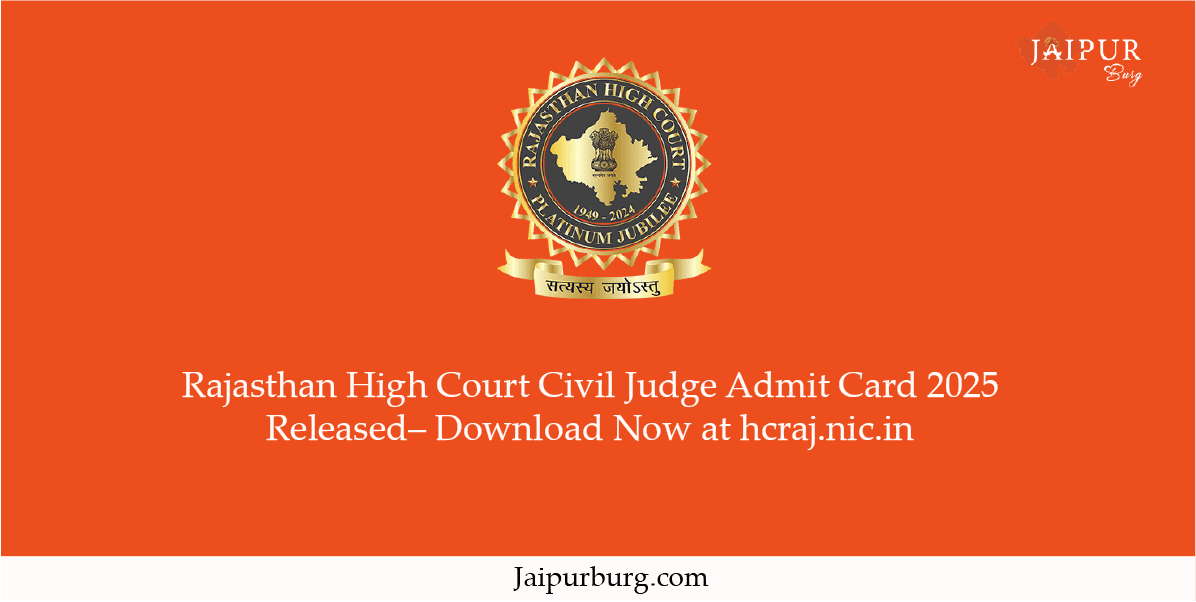The India women’s national cricket team will take on the New Zealand women’s national cricket team in the first match of Group A of the ICC Women’s T20 World Cup 2024 at the Dubai International Cricket Stadium in Dubai on Friday, October 4, 2024. The match is scheduled to start at 7:30 PM IST.
This will be the first meeting between the two teams in a T20 World Cup, having faced each other in five T20Is earlier. New Zealand have won four of those five matches, with India winning the most recent one in 2020.
Both teams have been in good form recently, with India winning three out of their four matches in the T20I series against England in September 2024. New Zealand also won three out of their four matches in the T20I series against Australia in September 2024.
India has participated in 18 World Cups, including 10 ODI World Cups and 8 T-20 World Cups. The team also reached the knockout stage 9 times, but sometimes lack of experience and sometimes the pressure of big matches came in the way of India. The team faced defeat 6 times in the semi-finals and 3 in the final. India has not been able to win even a single knockout match in the T-20 World Cup.
In 10 points in the story, you will understand how India’s journey has been so far in women’s cricket.
- Beginnings in the 1970s: Women’s cricket in India officially began in the 1970s, with the Women’s Cricket Association of India (WCAI) being founded in 1973. The first recorded women’s international match involving India was against the West Indies in 1976. The Chief Minister of Bihar honoured the India Women’s Cricket Team after registering its first Test win in Patna against West Indies in 1976. In 1978, India played its first ODI match against England directly in the World Cup. The tournament took place in India, but India Women’s performance was very poor. In the 4-team tournament, the team stood fourth after losing all three matches. In 1982, the team won 4 matches, but due to 8 losses this time it got fourth place in the 5-team tournament. The team did not participate in 1988 due to internal board disputes.
- Early Struggles: During the initial decades, women’s cricket in India struggled with a lack of funding, infrastructure, and recognition. Players often had to fund their travel, buy their equipment, and balance cricket with other jobs or academic pursuits.
- First World Cup Appearance (1978): India made their debut in the Women’s World Cup in 1978, which was held in India itself. Despite limited resources and experience, India’s participation was a major milestone for women’s cricket in the country.
- Mithali Raj and Jhulan Goswami’s Emergence: The early 2000s saw the rise of two iconic figures—Mithali Raj and Jhulan Goswami—who became cornerstones of Indian women’s cricket. Mithali became the face of Indian women’s cricket with her calm leadership and consistent run-scoring, while Jhulan became the world’s leading wicket-taker in women’s ODIs. In 1993, Team India performed slightly better and finished fourth among 8 teams. The 1997 World Cup took place in India only. Under the captaincy of Pramila Bhatt, Team India won the quarter-finals and made it to the semi-finals, but lost to Australia. In 1999, Mithali Raj made her debut for India at the age of 16. After 3 years, fast bowler Jhulan Goswami also made her debut. Both of them took up the responsibility of completely changing Indian cricket in the next 20 years. India again reached the semi-finals in the 2000 World Cup, but this time lost to champions New Zealand. In 2005, India Women again made a comeback and defeated New Zealand in the semi-finals and made it to the finals. The team had to face defeat from Australia in the final, but from here the foundation of change in Indian women’s cricket was laid.
- 2017 World Cup Breakthrough: India’s remarkable run in the 2017 ICC Women’s World Cup, where they reached the final, became a defining moment. Though they lost to England, their performance captivated millions and earned them newfound respect and recognition back home. This was a pivotal moment in increasing visibility and support for women’s cricket in India.
- Start of T-20 World Cup; lost 2 semi-finals in 5 events. The T-20 World Cup also started in women’s cricket in 2009. India made it to the semi-finals of the first two events but lost to New Zealand and Australia. In 2012, 2014, and 2016, the team yearned to play the knockout stage. Coming close to the trophy in the 2017 ODI World Cup inspired the young generation in the country to play cricket. Due to this, players like Jemimah Rodriguez and Shefali Verma entered the team. Harmanpreet and Smriti Mandhana proved themselves in 2017 itself. Therefore, Harman was also made the captain of the 2018 T-20 World Cup. Under the captaincy of Harman, India Women again reached the knockout of the T20 World Cup after 8 years but lost the semi-finals to England. The team again went one stage further in 2020 and made it to the finals, but this time lost to Australia. This was India’s first final in the T-20 World Cup. In the 2023 T-20 World Cup, India faced Australia in the semi-finals itself. In front of the target of 173 runs, the team at one time scored 133 runs after losing 4 wickets. Here only 40 runs were needed on 33 balls; Harmanpreet was set. She tried to take 2 runs on the next ball, but before reaching the crease, her bat got stuck, and she was run out. Due to poor finishing, India missed reaching the World Cup final by a margin of 5 runs.
- BCCI Takes Over (2006): In 2006, the Board of Control for Cricket in India (BCCI) took over women’s cricket from the WCAI, bringing it under the same umbrella as men’s cricket. This move brought greater resources, better coaching, and increased visibility to the women’s game.
- Rise of Young Stars: After 2017, young players like Smriti Mandhana, Harmanpreet Kaur, and Shafali Verma started making a significant impact. Harmanpreet’s blistering 171* in the 2017 World Cup semi-final against Australia is one of the most memorable innings in women’s cricket history
- Increased Investment and Contracts: With the BCCI’s involvement, players began receiving central contracts, match fees, and improved facilities. This professionalisation has helped create a more competitive environment and motivated young girls across the country to pursue cricket as a viable career option.
- The Launch of Women’s IPL (2023): After years of demand, the Women’s Premier League (WPL), India’s version of the IPL for women, was launched in 2023. This marked a major step in promoting women’s cricket, giving players more exposure, financial rewards, and opportunities to play with and against some of the best in the world.

India can get its first trophy with the young team and WPL experience
Like IPL, it took a long time for the Women’s Premier League (WPL) to start in India. It could start only last year in 2023. Both times the team led by the Indian captain was successful, but the biggest advantage of the tournament was for India in the form of young players. Players like Shreyanka Patil, Saika Ishaq, Sajivana Sajna, and Asha Shobhana met in this tournament. Out of which 3 have also made it to the World Cup squad.
The team includes experienced players like Mandhana, Harmanpreet, Jemima, and Deepti, along with young players like Shreyanka, Shefali, Richa Ghosh, and Pooja Vastrakar. India defeated both England and Australia in the T20 series last year. Tournaments like the WPL also taught Indian players to handle pressure; hence, the team is also a big contender to become the champion.
The Women’s Premier League has given India a very important all-rounder in the form of Shreyanka Patil.
Challenge for India to become champion from here in Group of Death
India is now entering the T20 World Cup for the 9th time with a young team and painful memories of past defeats. Australia and New Zealand are the ones who have defeated India the most number of times by knockout in Group A. The same group also includes arch-rivals Pakistan and Sri Lanka, which defeated them in the Asia Cup final this year. India faces a big challenge to emerge from this group of death and become a champion.















Add a comment